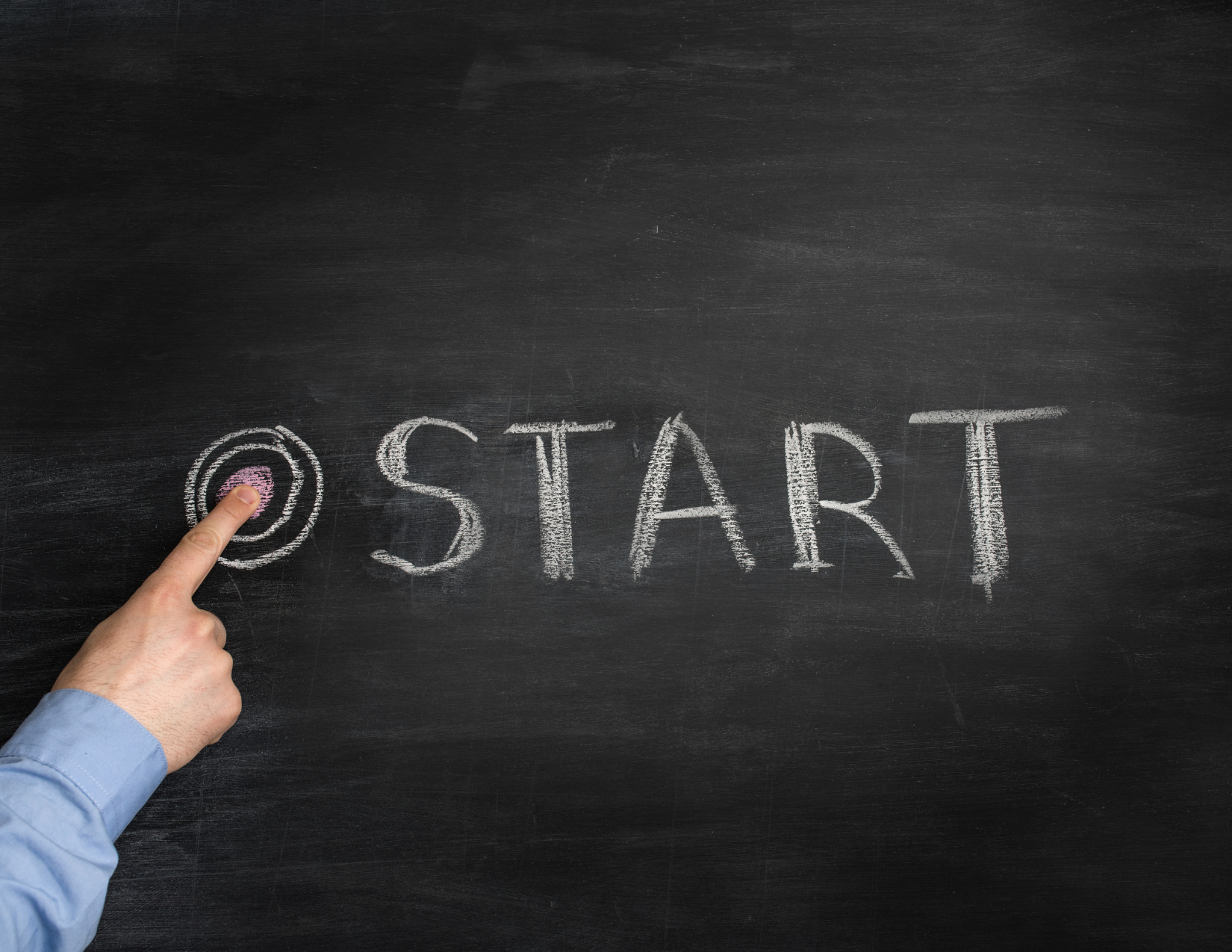Some organizations I work with feel like perpetual startups.
They’re constantly moving in new directions, adding new technologies, and inventing new ways of working (I’ll admit that I feel like I’m like this sometimes, too).
It’s not that inventing things or exploring new ideas is bad. Of course not! Imagine a company that could never try or do something new. Over time, those companies go stale and, eventually, they all get a familiar label: bankrupt. However, companies that continually change their processes face the same threat. It’s easy to work really hard on the wrong things.
A software company I worked with became trapped in a cycle of reinvention, constantly changing its product and its offerings while ignoring issues that impacted functionality and utility. Leadership lacked an understanding of the product and its customers, handing down objectives that weren’t proven out in hopes that the company would be perceived as a cutting-edge industry disruptor. This caused a great deal of frustration, waste, and expensive employee and customer overturn.
You cannot be a startup forever. At some point, your company must stabilize, settle into itself, commit, and deliver. That isn’t to say you can’t or shouldn’t continue to innovate, but you should stop chasing every single shiny thing flashing in your periphery. If you can only ever originate new ideas and ways of working, you enter a separate area of challenge. Your leaders will be overtaxed, your teams will be pulled in a million different directions at once, and your people will suffer burnout.
If you are constantly switching up practices that work, you’re wasting a lot of energy.
A day of real-world trial-and-error teaches us more than we could learn with a month of theorizing. Buckle down and make something real, something with predictably favorable results. As you get confident that a new way of working is valuable, or a new approach to launching a product is successful, create a process that solidifies that practice and teaches others (including your future self!) how to duplicate it consistently.
Toyota is famous for doing this well. If a worker at a Toyota factory has an idea for a new tool that they think could make their job faster or easier, the company engineers work with the inventor and a small team to create and test a prototype. Based on the workers’ feedback, the engineers refine the tool and slowly distribute updated models, first within the factory where the tool was invented, and then to a widening group of workers who perform the same task at other Toyota factories.
This process of building a foundation from successful experiments is fundamental to shifting from growth to scale.
Growth is about adding things—people, practices, products. Scale is about consolidating—stopping what doesn’t work and improving what does. It’s about creating systems that help you leverage your talent base so people aren’t reinventing the wheel every time they come up against the same problem.
What are some ways you navigate between growth and scale? Email me at [email protected] and let me know.
* * *
Want to get these articles in your inbox? Subscribe here to join the conversation and download a sample from Meltdown.

